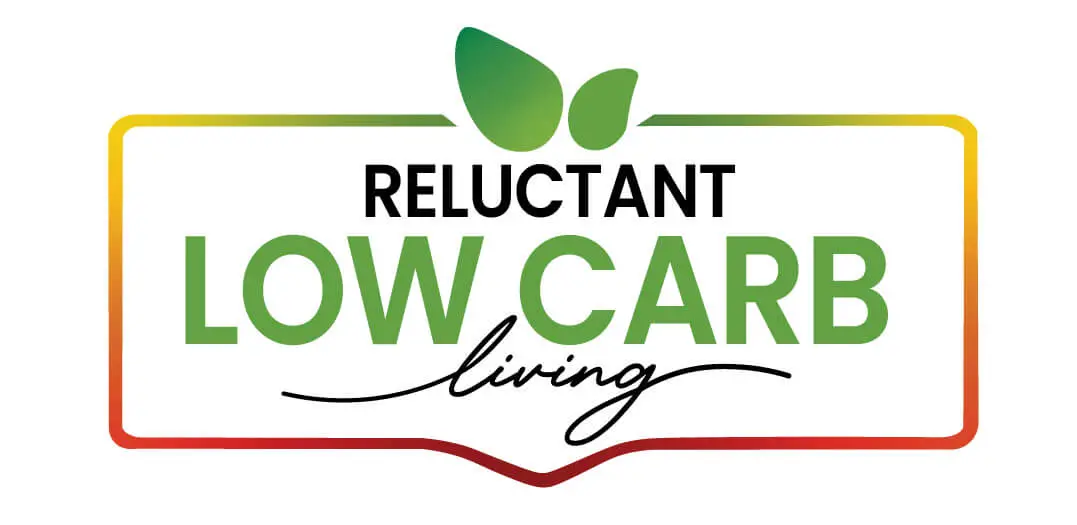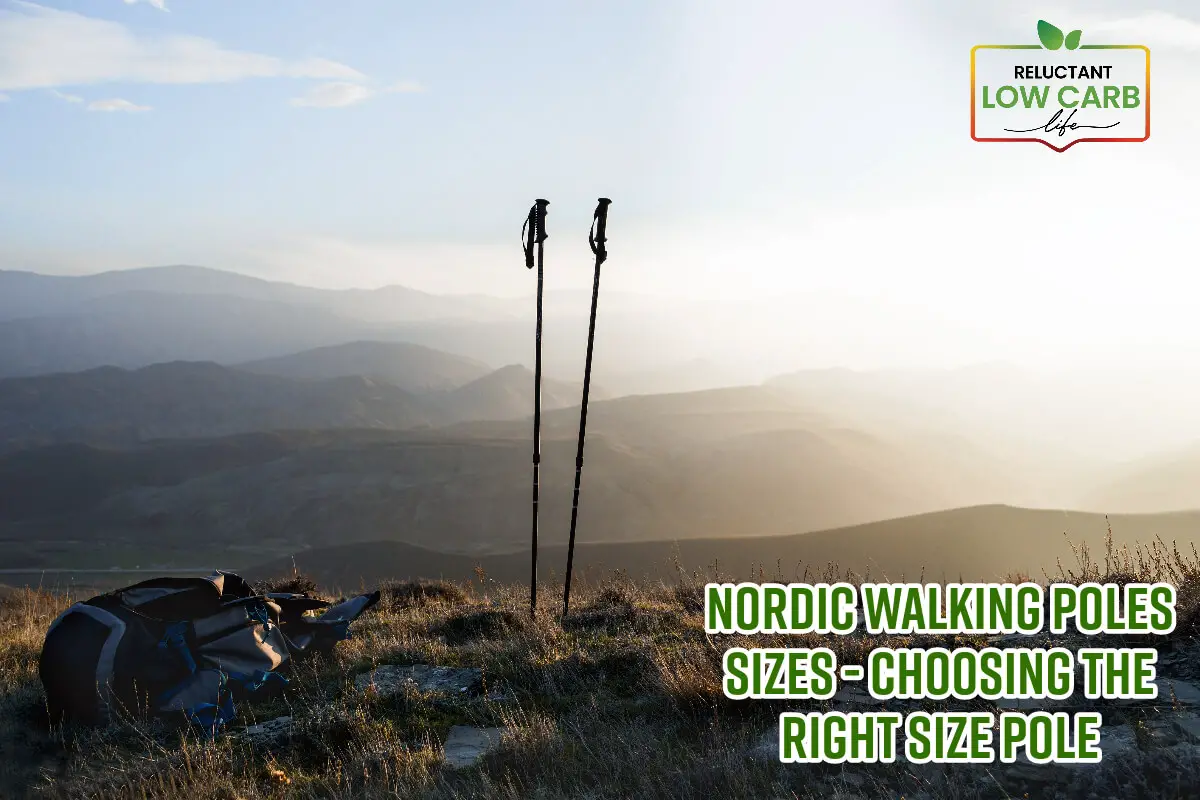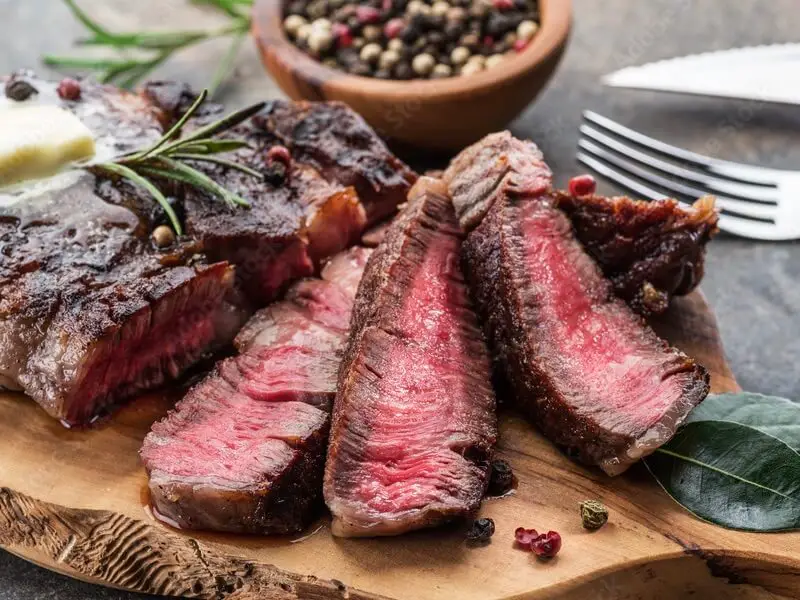Having the appropriate gear is paramount to immerse yourself in Nordic walking fully. Among the essential equipment for this sport, Nordic walking poles stand out as a crucial component.
Ensuring that your Nordic walking poles are the correct size for your height is essential for a successful experience. Read on as we delve into the significance of selecting the correct pole size, drawing insights from my experience. We’ll also guide you through calculating the ideal pole length based on height, ultimately enhancing your Nordic walking journey.
Table of Contents
- Choosing The Right Size Pole For Nordic Walking: The Key To A Successful Workout
- Why Nordic Pole Length Matters
- Determining The Correct Nordic Walking Pole Length
- Nordic Walking Pole Size Chart
- Related Question
Choosing The Right Size Pole For Nordic Walking: The Key To A Successful Workout
Nordic walking, a sport that combines the benefits of walking with specialized poles, has gained popularity worldwide for its numerous health advantages and full-body workout potential. However, many may not realize that Nordic walking isn’t just about grabbing any old pole and hitting the trail.
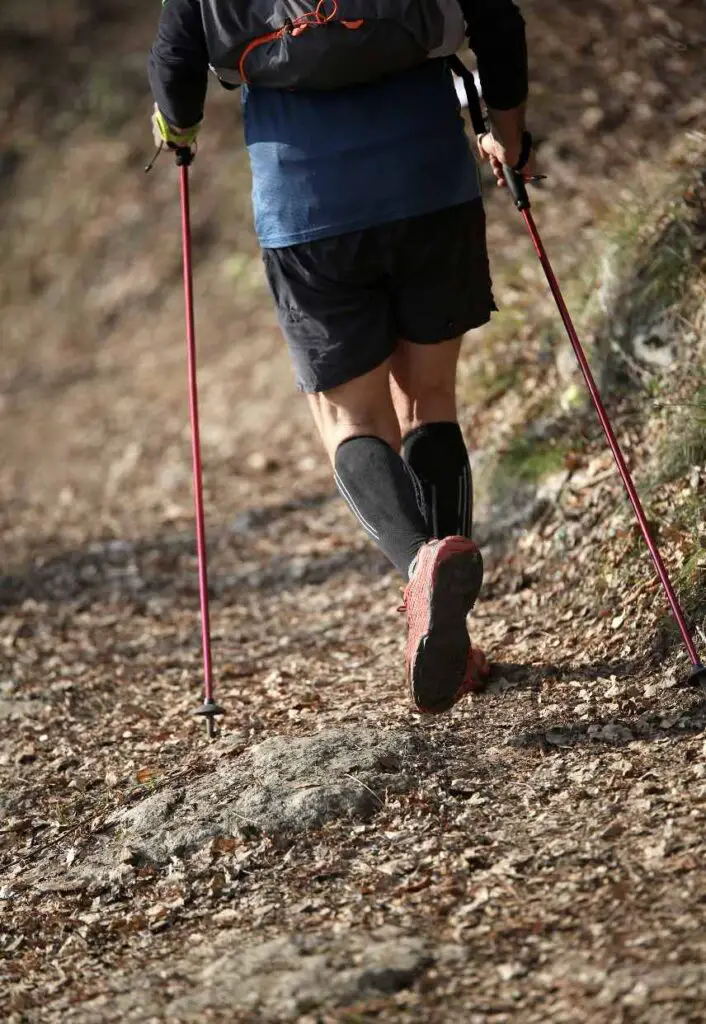
To fully experience the benefits of this unique sport, choosing the right size pole tailored to your height is essential. Read on as we explore the importance of fitting your Nordic walking poles to your size, share my experience, and provide practical guidance on selecting the perfect pole length for your Nordic walking adventures.
My Personal Experience With Nordic Pole Sizes
To illustrate the significance of choosing the correct pole size for Nordic walking, let me share a personal experience. I have a sister who is shorter than me, and she uses a set of Nordic walking poles. One day, I did not have my poles, so I decided to try her poles, even though they were noticeably shorter than my own.
To my surprise, it was immediately apparent that her poles were unsuitable for Nordic walking, at least not for someone of my height.
As I attempted to maintain the correct technique and rhythm, it became evident that the shorter poles disrupted my balance and stride. I struggled to engage my core and achieve the fluid motion characteristic of Nordic walking.
It was a frustrating and uncomfortable experience highlighting the importance of poles matching your height and body proportions.
Why Nordic Pole Length Matters
From my experience, I learned why Nordic Pole length matters and why having the right size Nordic walking poles is essential.
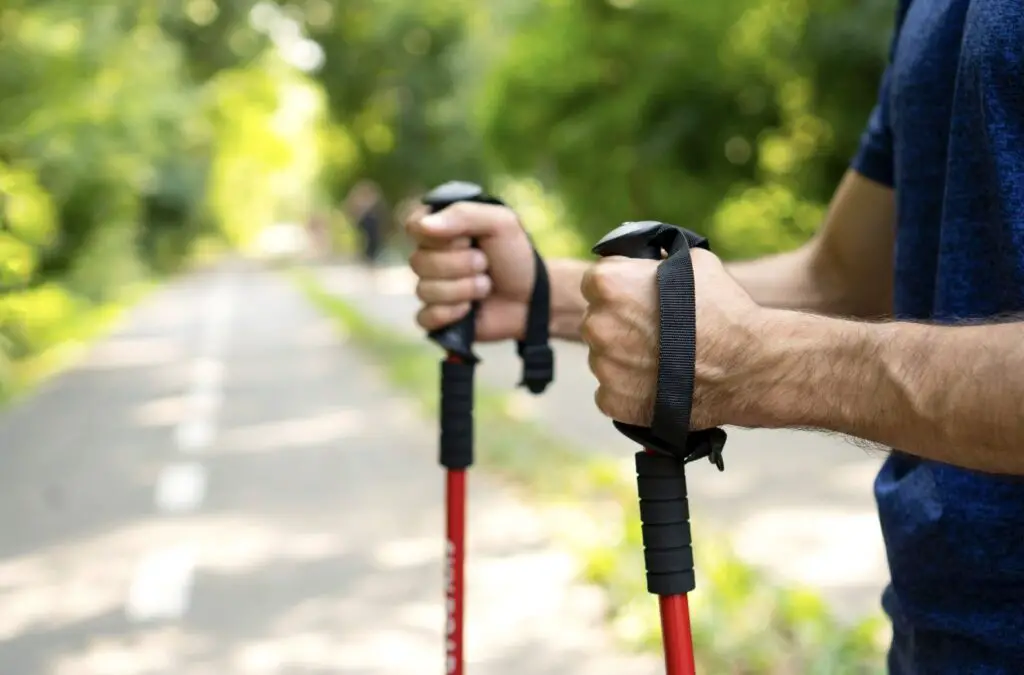
Fitting your Nordic walking poles to your size is crucial for several reasons:
Efficiency:
Properly sized poles allow you to achieve the correct range of motion and maximize the efficiency of your Nordic walking technique. This means you’ll get a more effective workout and better results.
Comfort:
Using poles that are the correct length for your height ensures a comfortable and ergonomic experience. You’ll avoid unnecessary strain on your arms, shoulders, and back.
Balance And Stability:
The right pole length contributes to better balance and stability, reducing the risk of falls or injuries during your walks.
Posture:
Nordic walking promotes proper posture, and correctly sized poles support this by encouraging an upright stance and engaging your core muscles.
Determining The Correct Nordic Walking Pole Length
So, how do you determine the correct pole length for your Nordic walking adventures? The essential guide is the Nordic walking poles should be about 70% of your height. There are two primary methods to determine this:
Height-Based Calculation:
This is the most common method for finding the right pole length. You can use the formula: Height (in centimeters) x 0.68.
For fixed-length poles, round the result to the nearest 5 centimeters.
For example, if you have a height of 172 centimeters, the calculation would be 172 cm x 0.68 = 117 cm, rounded down to the nearest 5 cm, resulting in a recommended pole length of 115 cm.
Refer to the height-to-pole length charts we have below:
Elbow Angle Method:
An alternative method involves holding the pole at its grip and standing it upright in front of your body with your elbow held close to your side. The elbow should form a 90-degree or slightly greater angle.
When your elbow creates the correct angle, it signifies that the pole length is suitable for your height. If the angle is too obtuse, the pole is too short, and if it’s too acute, it is too long.
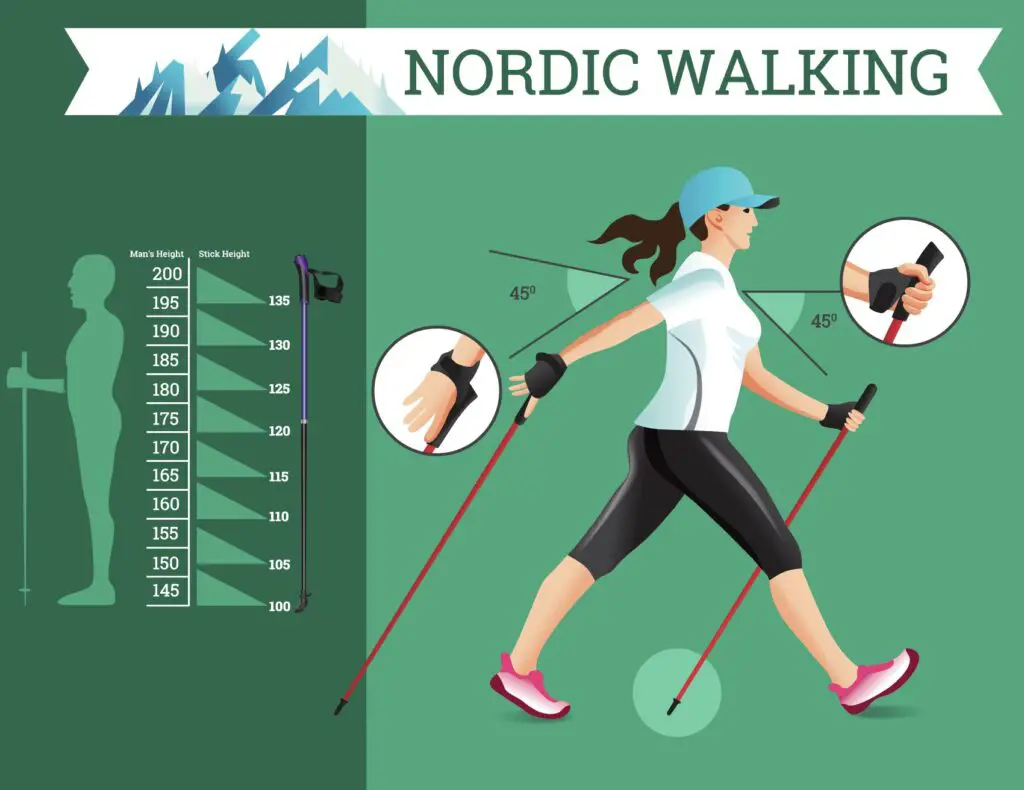
Nordic Walking Pole Size Chart
Below is our Nordic Walking Pole sizes chart that lists your sizes in feet, inches, and meters and the pole you should consider for your height. Some online stores will ask you for your height and then send you the pole that matches your height.
| Heigth In Inches | Height In Meters | Nordic Walking Pole Sizes |
| 5′ 00″ | 152.40 | 105 |
| 5′ 00″ | 154.94 | 105 |
| 5′ 01″ | 157.48 | 105 |
| 5′ 02″ | 160.02 | 110 |
| 5′ 03″ | 162.56 | 110 |
| 5′ 04″ | 165.10 | 110 |
| 5′ 05″ | 167.64 | 115 |
| 5′ 06″ | 170.18 | 115 |
| 5′ 07″ | 172.72 | `115 |
| 5′ 08″ | 175.26 | 120 |
| 5′ 09″ | 177.80 | 120 |
| 5′ 10″ | 180.34 | 125 |
| 5′ 11″ | 182.88 | 125 |
| 6′ 00″ | 185.42 | 125 |
| 6′ 01″ | 187.96 | 130 |
| 6′ 02″ | 190.50 | 130 |
| 6′ 03″ | 193.04 | 130 |
| 6′ 04″ | 195.58 | 135 |
| 6′ 05″ | 198.12 | 135 |
Choosing the right size pole for Nordic walking is a fundamental aspect of enjoying the sport to its fullest potential. My experience with improperly sized poles emphasized how a mismatch can hinder performance and enjoyment.
To make the most of your Nordic walking workouts, calculate the correct pole length based on your height or use the elbow angle method for a quick assessment.
Remember that Nordic walking is not just a physical activity; it’s an investment in your well-being. Properly sized poles will enhance your efficiency, comfort, stability, and posture while reducing the risk of strain or injury.
So, before you set out on your next Nordic walking adventure, take the time to select the perfect pole length for you and experience the many benefits this sport has to offer.
Happy Nordic walking!
At Reluctant Low Carb Life, we are staunch advocates of the Health Trifecta: Fullness, Fitness, and Freshness. Additionally, we embrace the pillars of health, wellness, and graceful aging. Our mission is to provide honest and precise information to individuals dedicated to adopting a healthy lifestyle while enhancing their fitness and well-being.
We have a free monthly newsletter that is filled with information and helps you remain updated. Subscribe to the Reluctant Low Carb Life newsletter by clicking here.
Listen to our weekly podcast, Reluctant Low Carb Life, on all the major podcast platforms by clicking here.
Follow us on Instagram and Facebook by clicking here.
Related Question
What Happens If You Eat Too Much Cheese On Keto?
Cheese can be eaten on a keto diet but should be used as a flavoring, not the main course. If you overeat cheese, it could affect your weight loss. Some people have a hard time handling a lot of cheese. When on a Keto Diet, we recommend looking at cheese as a way to flavor your food and not as the main course for your keto meal.
You can read more about What Happens If You Eat Too Much Cheese On Keto? by clicking here.
What Does It Mean If You Crave Sugar On Keto?
Being on a keto diet should help you not to crave sugar. But some people who are on a keto diet may still crave sugar. There could be many reasons you still crave sugar, including eating hidden sugars in your foods and drinking too much diet soda. Or your keto diet includes too many carbs, or you are addicted to sugar.
You can read more about What Does It Mean If You Crave Sugar On Keto? by clicking here.
Yes, You Can Be Thin And Addicted To Sugar
Unsweetened almond milk should not make you fat. It is low in calories and has no carbohydrates or low sugars. When compared to whole milk, unsweetened almond milk is a much better type of milk to drink. The sweetened version of almond milk is higher in calories, carbohydrates, and sugars.
You can read more about Yes, You Can Be Thin And Addicted To Sugar by clicking here.
